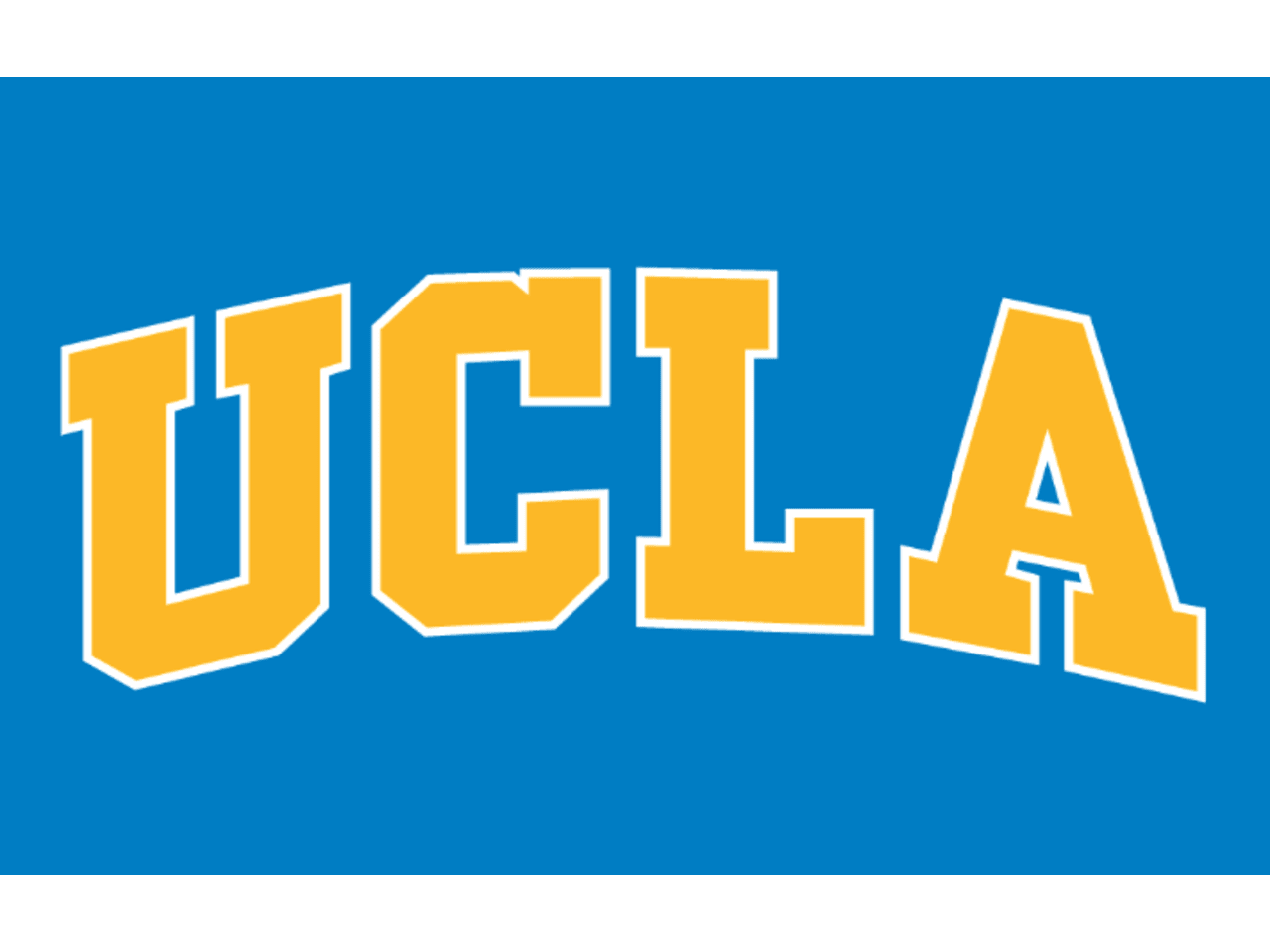12 Chemical Engineering Internships for High School Students
Chemical engineering is a highly technical field that blends chemistry, physics, and engineering to solve real-world problems. For high school students interested in exploring this discipline, internships provide a hands-on way to develop practical skills, gain industry insights, and build professional connections.
Many prestigious organizations offer internships designed to introduce students to key concepts in chemical engineering, from materials science to process engineering. These opportunities allow you to apply classroom knowledge in real-world settings, strengthening your academic profile and preparing you for future studies and careers in the field.
To help you get started, we’ve compiled a list of 12 chemical engineering internships for high school students looking to gain valuable experience and explore career possibilities!
1. National Institute of Standards and Technology (NIST) – Summer High School Intern Program
NIST's Summer High School Intern Program (SHIP) invites rising high school juniors and seniors to engage in cutting-edge research alongside NIST scientists and engineers. You’ll be working on projects involving such advanced topics as spectroscopy, robotics, or even crystal structures. This program emphasizes mentorship and offers a unique glimpse into federal research initiatives.
Location: NIST Labs at the Boulder, CO, or Gaithersburg, MD campuses
Acceptance Rate/Cohort Size: Competitive selection; cohort size varies by laboratory
Dates: Second or third week of June to the second week of August.
Application Deadline: Mid-February
Eligibility: High school juniors and seniors with a minimum GPA of 3.0 residing near one of the NIST campuses.
2. Veritas AI – AI Scholars Program
Veritas AI offers the AI Scholars Program, a 10-week, fully online program designed to introduce you to the fundamentals of artificial intelligence and its applications, including intersections with chemical engineering. Through lectures and code walkthroughs, you will engage in a curriculum developed and taught by AI experts, culminating in a group project that applies AI concepts to real-world problems.
Location: Virtual
Acceptance Rate/Cohort Size: Selective admission; small group cohorts
Dates: Multiple sessions throughout the year
Application Deadline: Deadlines vary by cohort
Eligibility: High school students worldwide
3. Project SEED by the American Chemical Society (ACS)
Project SEED has been running for over 50 years and provides high school students from diverse socioeconomic backgrounds the opportunity to conduct hands-on research in chemistry-related fields. You’ll have the opportunity to work in academic, industrial, or governmental laboratories under the guidance of a mentor, offering practical experience and the chance to contribute to meaningful projects. The program also offers stipends to support student involvement.
Location: 350+ participating institutions across the United States
Acceptance Rate/Cohort Size: Approximately 350 students annually
Dates: 8-10 weeks during the summer
Application Deadline: Typically in April
Eligibility: High school sophomores, juniors, and seniors with at least one year of chemistry; preference for students from economically disadvantaged backgrounds
Ladder Internships connects high school students with startups and nonprofits worldwide for virtual internships. You can select a field aligning with your interests, including chemistry and engineering, and work on real-world projects that contribute to the host organization's mission. The program includes personalized mentorship and professional development sessions to enhance skills such as communication and time management.
Location: Virtual
Acceptance Rate/Cohort Size: Extremely competitive, with around 100 students placed annually
Dates: 8- to 16-week programs across Summer, Fall or Winter cohorts.
Application Deadline: Varies by cohort; summer applications are typically due in March, April, or May
Eligibility: High school students able to commit 10-20 hours per week
5. George Mason University’s Aspiring Scientists Summer Internship Program (ASSIP)
ASSIP offers high schoolers the chance to work one-on-one with faculty researchers at George Mason University, both in-person and online. As an intern, you’ll participate in mentored research projects, work alongside faculty scientists and engineers, and apply advanced technologies and methodologies to real-world challenges in chemistry, materials science, and bioengineering. The program also includes workshops to develop scientific communication skills and explore STEM career pathways.
Location: Fairfax, VA (options for remote, in-person, or hybrid formats)
Acceptance Rate/Cohort Size: Highly competitive; cohort size varies
Dates: 8 weeks (mid-June to early/mid-August)
Application Deadline: Typically in February
Eligibility: High school students aged 15 or older by program start date
6. Science and Engineering Apprenticeship Program (SEAP) by the Department of the Navy
SEAP is a rare and valuable opportunity to get placed in Department of Navy laboratories, allowing you to engage in Naval research alongside professional scientists and engineers. As an intern, you will contribute to active projects under the Department of Navy, gaining hands-on experience in a federal laboratory setting. The program also provides a stipend to participants.
Location: More than 38 Department of Navy laboratories across the United States
Acceptance Rate/Cohort Size: Approximately 300 placements annually
Dates: 8 weeks during the summer
Application Deadline: Applications open in August and close in November for the following summer
Eligibility: Sophomores, juniors, and seniors who are US citizens
7. St. Louis’s Young Scientist Program – Summer Focus
The Young Scientist Program at Washington University in St. Louis offers the Summer Focus initiative, providing high school students with funded research internships. Each participant is paired with both a mentor and a tutor, with the former working with you on an independent laboratory project, and the latter supporting you throughout the research experience. The program also includes courses aimed at enhancing science communication skills and preparing for college applications.
Location: St. Louis, MO
Acceptance Rate/Cohort Size: Extremely selective, only 15-18 students selected each year
Dates: 8 weeks during the summer, from early June to late July
Application Deadline: End of January
Eligibility: Rising seniors residing in Missouri or Illinois
8. MIT Research Science Institute (RSI)
RSI is one of the most prestigious STEM research programs for high school students, hosted at the Massachusetts Institute of Technology. It offers the opportunity for you to engage in high-level research in chemical engineering and other scientific fields, collaborating with MIT faculty and graduate students. The program includes seminars, mentorship, and the opportunity to present findings at the end of the session.
Location: Cambridge, MA (MIT campus)
Acceptance Rate/Cohort Size: Highly selective - 100 students annually
Dates: 6 weeks during the summer
Application Deadline: Typically in January
Eligibility: High school juniors with exceptional academic records
9. ChemE Summer Camp at Lamar University
Lamar University's ChemE Summer Camp offers rising high school juniors and seniors an immersive experience in chemical engineering. Throughout the week-long day camp, you will engage in team-based activities that serve as an introduction to the various roles of chemical engineers and the equipment used in industries such as petrochemical and pharmaceutical manufacturing. The program combines hands-on activities with industry plant tours, providing practical insights into the field.
Location: Beaumont, TX
Acceptance Rate/Cohort Size: Limited spaces available
Dates: Week-long camp in June
Application Deadline: Applications open early March 2025
Eligibility: Rising high school juniors and seniors who have successfully completed chemistry and Algebra II
10. Argonne National Laboratory – High School Research Program
This program offers college-bound seniors the chance to work alongside Argonne researchers on cutting-edge projects. As an intern, you gain exposure to lab techniques at a national laboratory and contribute to active research in chemical and environmental sciences. The program also includes career development workshops and networking opportunities.
Location: Argonne, IL
Acceptance Rate/Cohort Size: Competitive; cohort size varies
Dates: 8 weeks during the summer from early June to early August
Application Deadline: January
Eligibility: College-bound high school seniors with a 3.75 GPA aged 18 or older
11. NASA STEM Enhancement in Earth Science (SEES)
SEES offers high school students the chance to work with NASA scientists on projects involving earth sciences. These topics can intersect with chemical engineering topics like environmental analysis. Virtual interns work from home analyzing NASA satellite data and collaborating on projects like climate change analysis, exoplanet research, or urban heat mapping. On-site interns are based at the University of Texas at Austin, participating in hands-on projects such as Mars rover design and aerospace engineering challenges. Participants collaborate with NASA professionals, attend lectures, and work on group projects.
Location: Austin, TX (Virtual options available)
Acceptance Rate/Cohort Size: Highly selective; 50-100 students
Dates:
On-site: July 6 – 19
Virtual: June – mid-July (project-specific)
Virtual Science Symposium: July 21–22
Application Deadline: February
Eligibility: High school sophomores, juniors, and seniors
12. California State Summer School for Mathematics and Science (COSMOS)
COSMOS is an intensive four-week residential STEM immersion program for California high schoolers. You’ll get to dive deeply into subjects such as biotechnology, environmental science, robotics, and computer science. Participants enroll in "clusters" tailored to specific topics, gaining hands-on experience in labs, workshops, and research settings with university faculty.
Each campus offers unique clusters that highlight its research strengths, from aerospace engineering at UC Irvine to marine biology at UC Santa Cruz.
Location: UC Davis, UC Irvine, UC Los Angeles, UC San Diego, and UC Santa Cruz
Acceptance Rate/Cohort Size: Highly competitive with small cohorts at each location
Dates: 4 weeks during the summer
Application Deadline: February
Eligibility: High school students with strong academic records and an interest in STEM
Image source - UCLA

